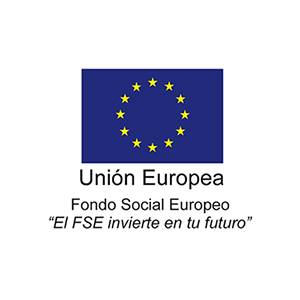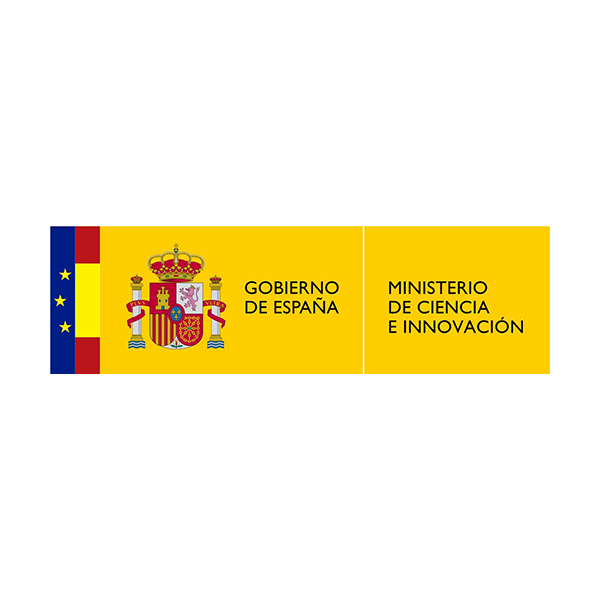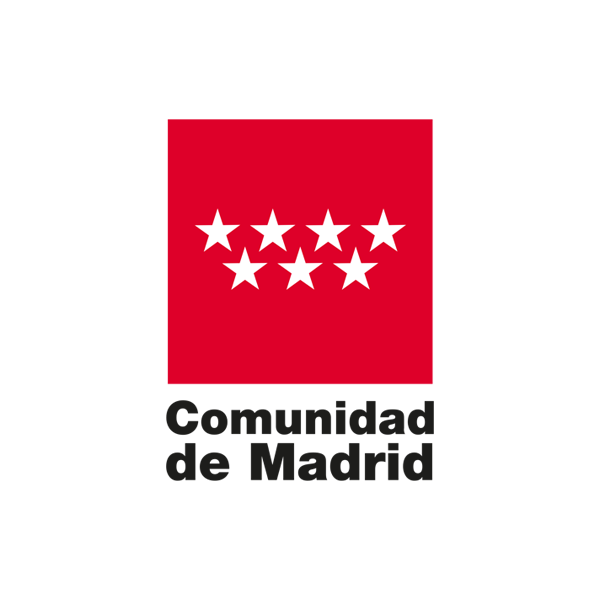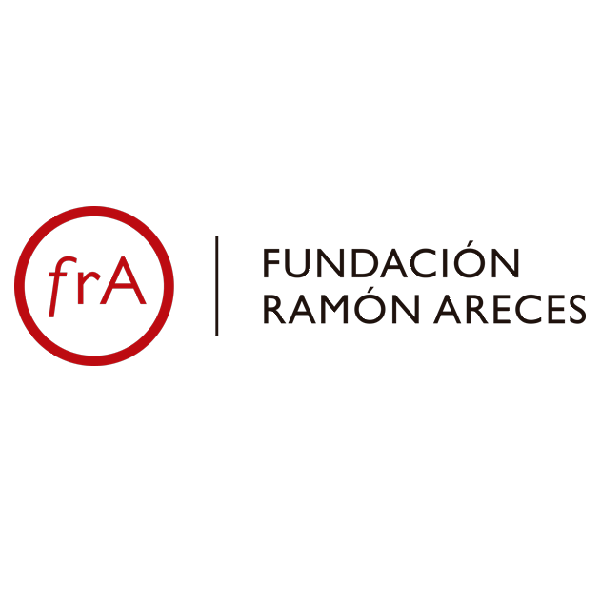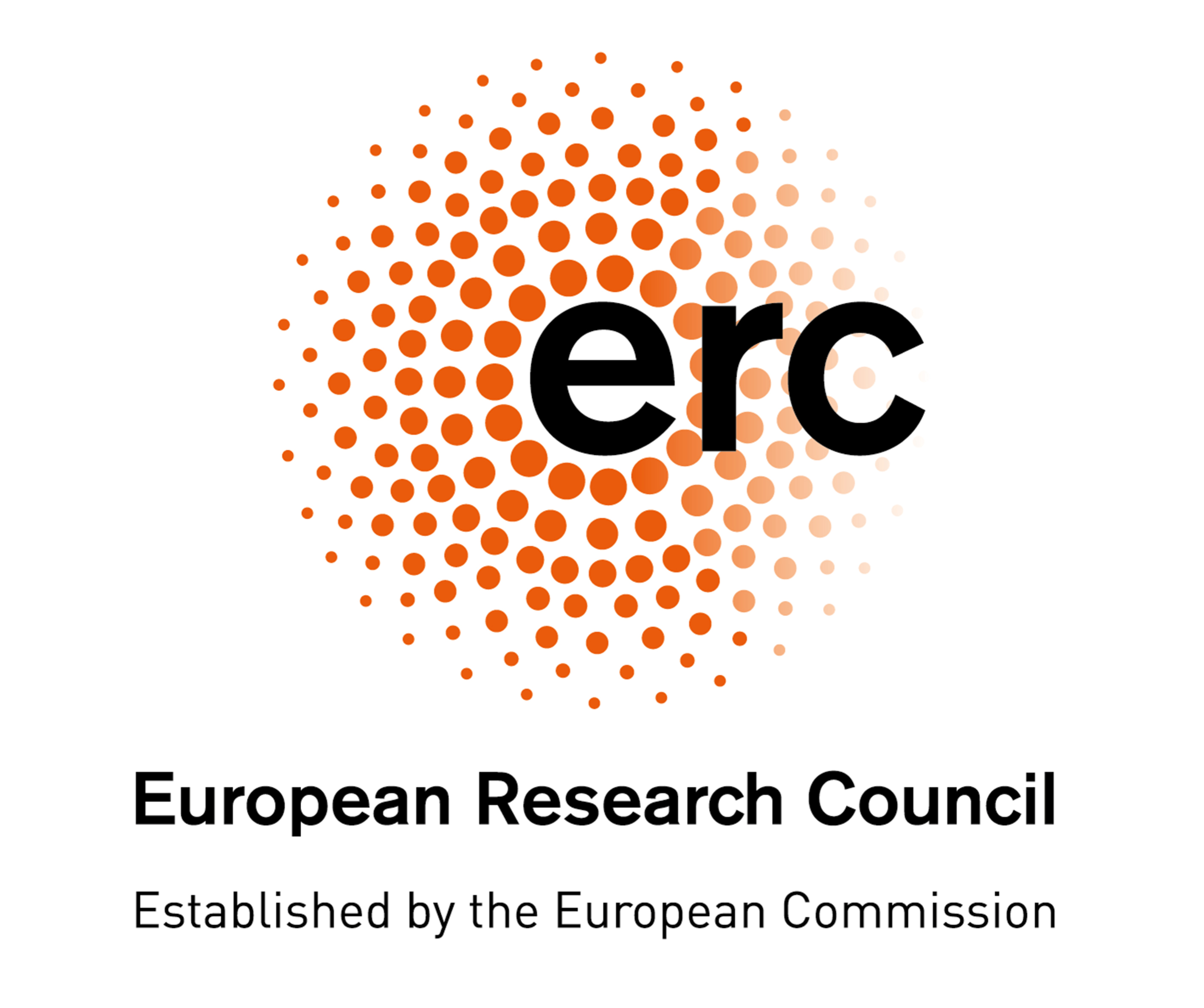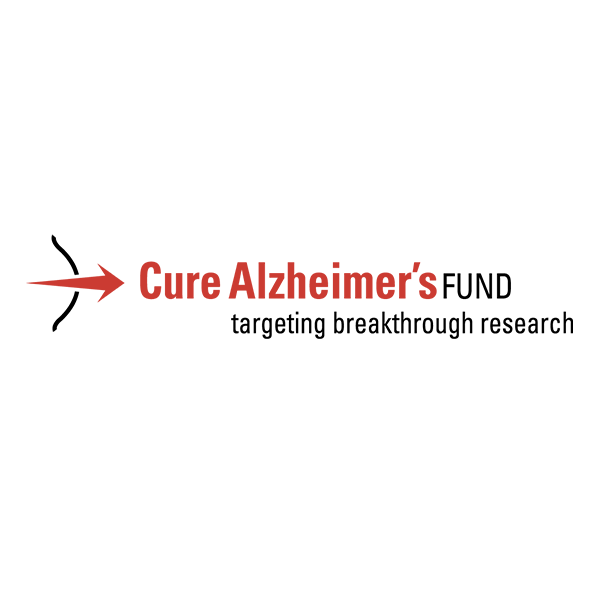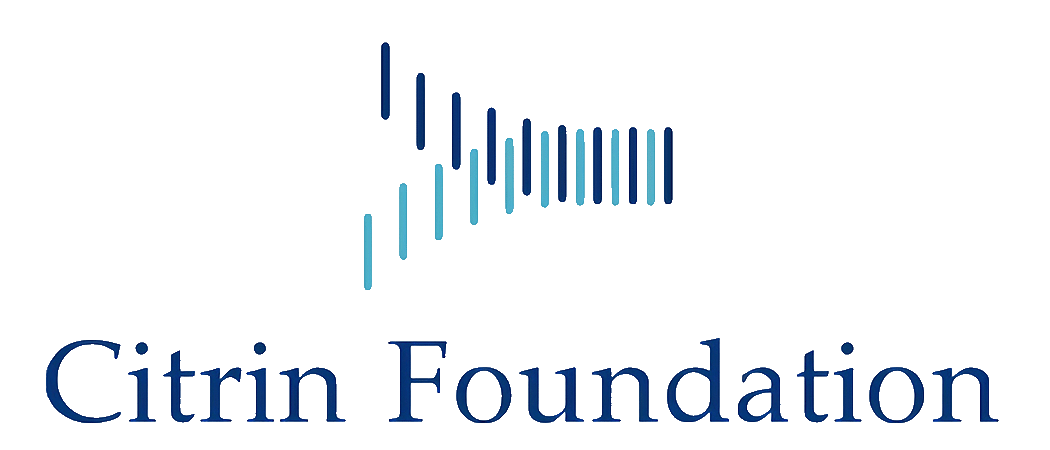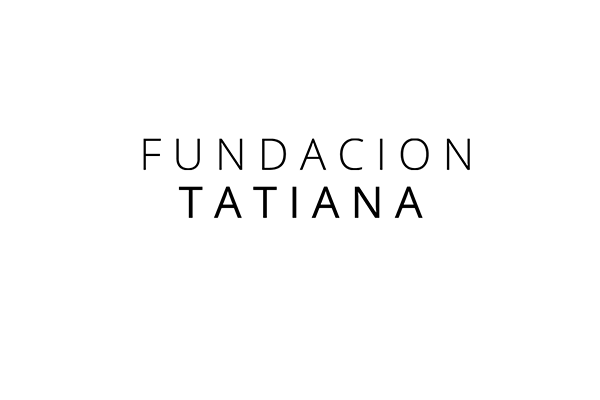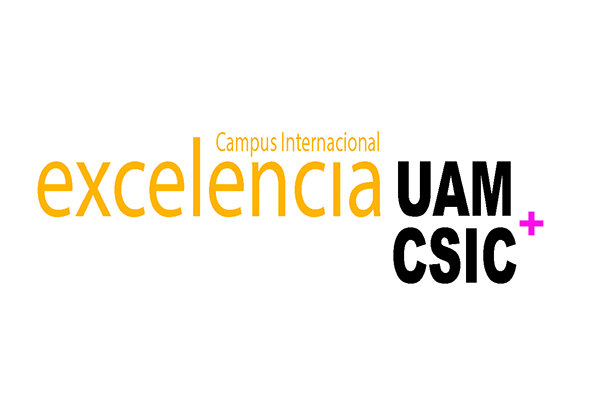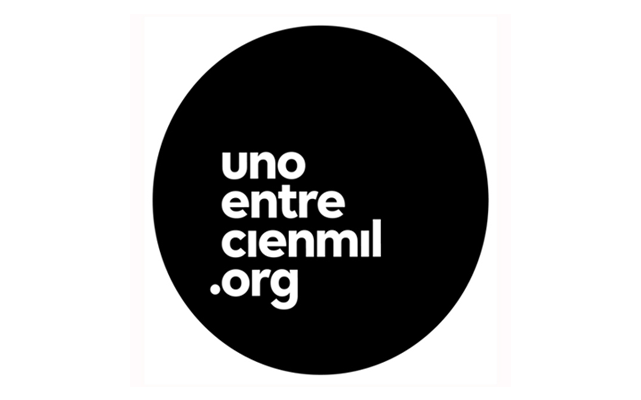Mitochondrial pathophysiology
Research summary:
Research in our group is focused on the function of mitochondria within cells and their implication in the development of pathological conditions. Mitochondria are a major source of reactive oxygen species (ROS) in cells. Uncoupling proteins 2 and 3 (UCP2, UCP3) might be involved in controlling the production of mitochondrial ROS and protecting against oxidative stress, although the mechanism is unclear. UCPs are activated by superoxide and the lipid peroxidation product 4-hydroxy-2-nonenal (4-HNE), to induce proton leak leading to membrane depolarization (mild uncoupling) and the decrease in ROS production. In addition, UCP2 and UCP3 are controlled by covalent modification by glutathione. We have recently found that the transcription factor Nrf2 (nuclear factor erythroid 2-related factor 2), a master regulator of the cellular antioxidant response, induces UCP3 expression under conditions of oxidative stress (Anedda et al., Free Radic. Biol. Med. 2013). We are currently investigating the effects of 4-HNE on UCP3 expression and function in cardiomyocytes and their functional consequences.
Ischemia-reperfusion (IR) injury in myocardial infarction is caused, in part, by oxidative damage. It has been shown that 4-HNE-induced Nrf2 activation protects against cardiac IR. We aim to determine the potential cardioprotective role of UCP3 against IR damage and its role during ischemic preconditioning (IPC), a protective mechanism that consists of brief ischemic episodes prior to prolonged ischemia, in the intact perfused mouse heart. Other redox-sensitive signaling pathways involved in IPC, such as PTEN oxidation and PI3K/Akt activation, are also the focus of our investigation.

Hydrogen peroxide (H2O2) and 4-hydroxynonenal (HNE), or conditions leading to an increase in these compounds such as ischemia-reperfusion, increase UCP3 expression via Nrf2, promoting cell survival under conditions of oxidative stress.
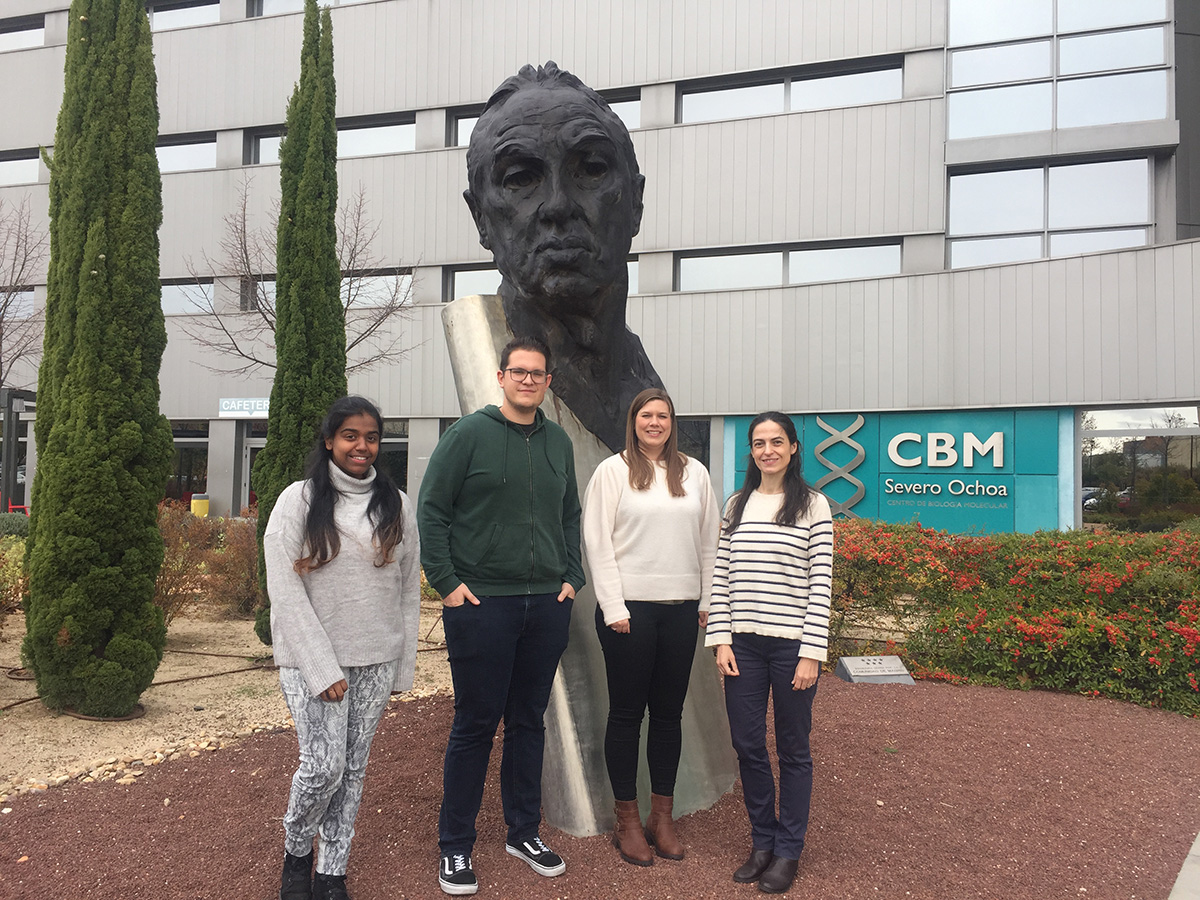
| Last name | Name | Laboratory | Ext.* | Professional category | |
|---|---|---|---|---|---|
| Cadenas Alvarez | Susana | 127/114.7 | 4722/4723 | scadenas(at)cbm.csic.es | E.Científicos Titulares de Organismos Públicos de Investigación |
| Luchkova | Alina | 127 | 4722 | Estudiante | |
| Mata Villanueva | Ana | 127 | 4723 | amata(at)cbm.csic.es | M3 Predoc.formación |
Relevant publications:
- Cadenas S. Mitochondrial uncoupling, ROS generation and cardioprotection. Biochim. Biophys. Acta Bioenerg. 1859, 940-950 (2018)
- Cadenas S. ROS and redox signaling in myocardial ischemia-reperfusion injury and cardioprotection. Free Radic. Biol. Med. 117, 76-89 (2018)
- Espinosa-Diez C, Miguel V, Mennerich D, Kietzmann T, Sánchez-Pérez P, Cadenas S, Lamas S. Antioxidant responses and cellular adjustments to oxidative stress. Redox Biol. 6, 183-197 (2015)
- López-Bernardo E, Anedda A, Sánchez-Pérez P, Acosta-Iborra B, Cadenas S. 4-Hydroxynonenal induces Nrf2-mediated UCP3 upregulation in mouse cardiomyocytes. Free Radic. Biol. Med. 88, 427-438 (2015)
- Anedda A, López-Bernardo E, Acosta-Iborra B, Suleiman MS, Landázuri MO, Cadenas S. The transcription factor Nrf2 promotes survival by enhancing the expression of uncoupling protein 3 under conditions of oxidative stress. Free Radic. Biol. Med. 61C, 395-407 (2013)
- Aguirre E, López-Bernardo E, Cadenas S. Functional evidence for nitric oxide production by skeletal muscle mitochondria from lipopolysaccharide-treated mice. Mitochondrion 12, 126-131 (2012)
- Tello D, Balsa E, Acosta-Iborra B, Fuertes-Yebra E, Elorza A, Ordoñez A, Corral-Escariz M, Soro I, López-Bernardo E, Perales-Clemente E, Martínez-Ruiz A, Enríquez JA, Aragonés J, Cadenas S, Landázuri MO. Induction of the mitochondrial NDUFA4L2 protein by HIF-1alpha decreases oxygen consumption by inhibiting Complex I activity. Cell Metab 14, 768-779 (2011)
- Cadenas S, Aragonés J, Landázuri MO. Mitochondrial reprogramming through cardiac oxygen sensors in ischemic heart disease. Cardiovasc. Res. 88, 219-228 (2010)
- Aguirre E, Cadenas S. GDP and carboxyatractylate inhibit 4-hydroxynonenal-activated proton conductance to differing degrees in mitochondria from skeletal muscle and heart. Biochim. Biophys. Acta 1797, 1716-1726 (2010)
- Aguirre E, Rodríguez-Juárez F, Bellelli A, Gnaiger E, Cadenas S. Kinetic model of the inhibition of respiration by endogenous nitric oxide in intact cells. Biochim. Biophys. Acta 1797, 557-565 (2010)
Doctoral theses:
- Patricia Sánchez-Pérez (2019) Protective role of mitochondrial uncoupling protein UCP3 and the transcription factor Nrf2 against cardiac ischemia-reperfusion injury and their involvement in ischemic preconditioning. Universidad Autónoma de Madrid. Directora: Susana Cadenas
- Elia López-Bernardo (2015) Regulation of the expression and function of mitochondrial uncoupling protein UCP3 in response to oxidative stress: involvement of the transcription factor Nrf2 and implications in cardiac ischemia-reperfusion. Universidad Autónoma de Madrid. Directora: Susana Cadenas
- Félix Rodríguez-Juárez (2009) Efectos del óxido nítrico endógeno sobre la guanilato ciclasa soluble, la respiración y la conductancia de la membrana mitocondrial interna a los protones en células intactas. Universidad Autónoma de Madrid. Directora: Susana Cadenas
- Enara Aguirre (2009) Estudio del papel protector de la proteína desacoplante UCP3 frente al estrés oxidativo en mitocondrias de músculo esquelético y corazón de ratones tratados con endotoxina y en cardiomiocitos de rata. Universidad Complutense de Madrid. Directora: Susana Cadenas

